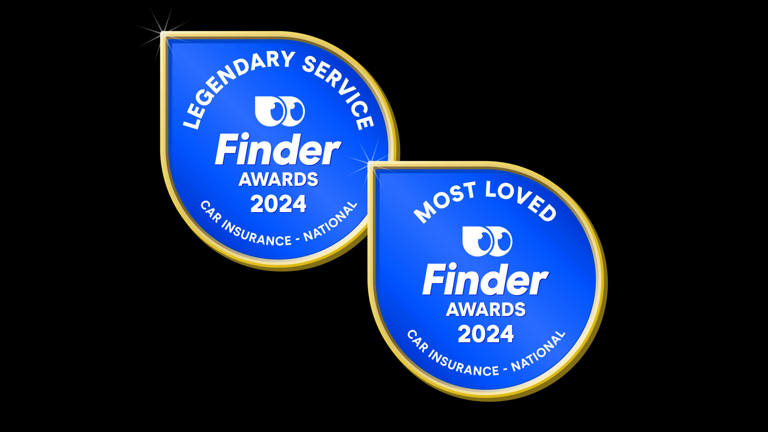At Youi, our customers are at the heart of everything we do. To demonstrate this, we’re actively supporting customers affected by ex-Tropical Cyclone Alfred across South-East Queensland and Northern New South Wales.
Our top priority is to help get our customers back on their feet. So we’ve scaled up our claims and customer support teams for emergency response, ensuring that we can help customers as quickly as possible.
Customers are encouraged to lodge claims online or by calling us on 13 YOUI (13 9684).
Youi Chief Operations Officer, Bert Bakker, said Australians should take safety precautions and tackle challenges one at a time, all while reminding themselves that the most important thing is to remain safe.
“A significant number of storm-related injuries can occur after the storm has passed, so don’t take risks. Exercise caution and wait for help,” Mr Bakker said.
“If you need to make a claim, take detailed notes and photos for your insurance claim. Make a list of everything that has been damaged. Be thorough – where you can do so safely, check all your land and property, right from your fences to your gutters. Be careful when walking around your property and ensure you wear protective clothing, such as durable boots,” he said.
“Across impacted areas in Queensland and New South Wales, up to 450,000 homes experienced power outages. Ex-Tropical Cyclone Alfred has made a devastating impact on our communities, with flooding a key concern for areas including the Gold Coast Hinterlands, Hervey Bay and the Northern Rivers,” Mr Bakker said.
“The Insurance Council of Australia declared this to be a catastrophe event. Although the cyclone was downgraded, the effects were being felt across the region through widespread power outages, flooding and heavy rain.
“Our priority is to help our customers get back on their feet as soon as possible. The fastest and easiest way to make a claim right now is via our online Claims Lodgement portal which is available 24/7.”
Our key focus at Youi right now is helping customers who've been affected, keeping them updated and ensuring they're safe while making sure we continue processing all claims as quickly and efficiently as we can. For steps on how you can go about assessing any damage and getting a claim lodged, take a look at the tips below.
Here’s what to do if you’ve been impacted by ex-Tropical Cyclone Alfred
1. Safely assess the damage and record as much as you can
Where you can do so safely, check your land and property for damages and document damages through pictures and videos. Once the immediate dangers have been addressed, assess the damage to your property. Walk around your home, looking for obvious signs of damage such as missing roof tiles, broken windows or structural damage. Take detailed notes and photos for your insurance claim.
2. Seek support from welfare organisations
Recovering from a major storm is not just about repairing physical damage – it can also take a toll emotionally. Feelings of anxiety, frustration or sadness are common after a disaster. If you or a loved one are struggling, reach out for support. Our support services are here to make the tough times easier. For emergency relief and recovery services to help your community rebuild, refer to the relevant Government department. Queensland and New South Wales both have a reconstruction authority.
3. Lodge a claim (if needed)
If you need to make a claim with your insurer, it can help to be aware of the steps that are generally involved in the claims process. These can include:
Lodging your claim
- First step is to contact your insurance provider – you can do this even if you don’t know the extent of the damage. Most insurance providers have a 24/7 help hotline and can support you during this process.
- Most insurers offer the ability to lodge a claim either online or over the phone, but keep in mind call centre delays may be experienced due to high demand during severe weather events.
- Make sure you’re an authorised person and try to have your policy number on hand along with details on when, where and how the incident occurred.
- This is where a checklist of the damage will come in handy.
Assessing the damage
- An insurance assessor will come and inspect the damage. It’s important to remember that insurers will normally triage and prioritise attending the hardest hit properties first, which may mean a delay in attending less affected properties.
Claim decision
- Your insurer will confirm what you’re covered for. The nature of the claim will determine how long it takes to make a claim decision. In most cases, you can track the status of your claim online.
- Once the assessment is complete and if your claim is accepted, your insurer will talk you through settlement options.



